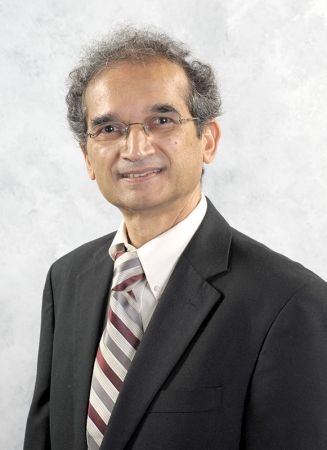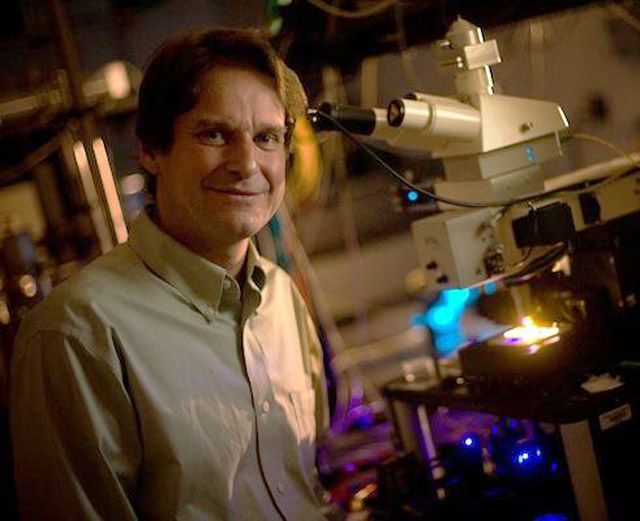Lehigh professors Himanshu Jain, Dmytro Savytskii, Brian Knorr and Volkmar Dierolf have been working tirelessly on discovering new methods of crystallization. The researchers reported a new discovery in Scientific Reports, a Nature journal, in an article titled "Demonstration of single crystal growth via solid-solid transformation of a glass."
The breakthrough, said the researchers, opens the way for glasses and other solid materials with disordered atomic structures to be made in single-crystal form as is silicon, the world's leading semiconductor material. Jain's group used a novel heating strategy to convert glass into a single crystal without having it first pass through a gaseous or liquid phase and without the creation of unwanted crystals, or nuclei.
“Single crystals of silicon are grown through melting,” said Himanshu Jain, T.L. Diamond Distinguished Chair in Engineering and Applied Science and professor of materials science and engineering at Lehigh. However, this kind of melting causes many other highly useful materials to decompose or change decomposition and lose their utility. Thus, “A single crystal, having no boundaries, has superior properties. It is stronger mechanically in corrosive environments, it is electronically superior and it transmits light well.”
"In this first unambiguous demonstration of an all-solid-state glass [to] crystal transformation, extraneous nucleation is avoided...via spatially localized laser heating and inclusion of a suitable glass former in the composition," the group wrote in Scientific Reports.
Jain's group developed a contrasting method to make a single crystal of an antimony-sulfide (Sb2S3) chalcogenide glass. To induce the formation of a crystal inside the glass, the group uses a laser to heat the glass from the ambient temperature to a crystallization temperature well below its melting point. "Once we make the single-crystal line," said Jain, "we backtrack to get additional parallel single-crystal lines and eventually a single-crystal-layer surface on top of the glass. We can stitch these lines to convert the entire glass surface into a single crystal."
“The group's goal,” said Jain, “is to apply enough heat so that the disorganized atoms in the glass organize into just one single crystal without triggering the nucleation of unwanted crystals. Potentially, this method could could enable a wider range of materials to be used in microelectronics, solar energy devices and other high-technology applications.
-Simona Galant '18 is a student-writer with the P.C. Rossin College of Engineering and Applied Science.


